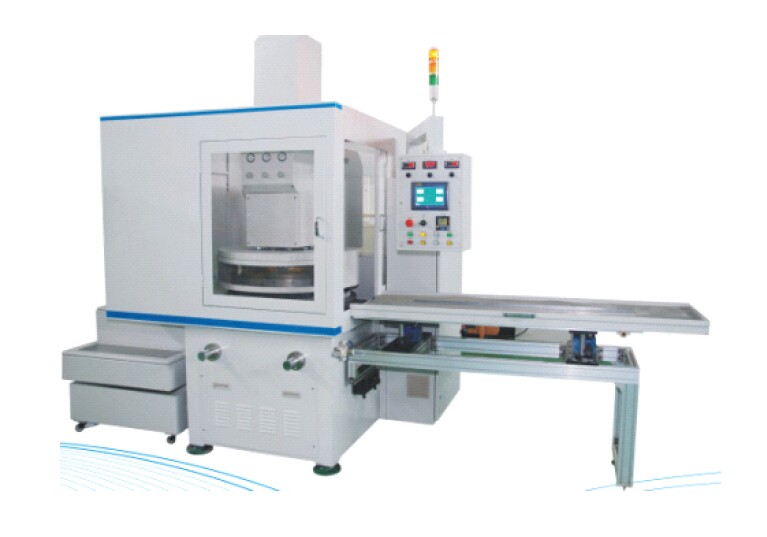In the detection of agricultural products such as vegetables and fruits, the detection of pesticide residues is an important task. Because in China's agricultural production, pesticides are widely used to control insecticides, and pesticides are a kind of toxic chemical substances. They are used in large quantities for a long time, which not only pollutes the environment, but also may cause agricultural products such as fruits and vegetables to exceed the standard, so to ensure For the quality and safety of agricultural products, it is necessary to do pesticide residue testing. There are many methods for detecting pesticide residues. The longest use is enzyme inhibition and chromatography. The advantages and disadvantages of enzyme inhibition and chromatography are described below.
1. Enzyme inhibition method The enzyme inhibition method is “fast†first, so the pesticide residue detector developed based on this method is a typical pesticide residue rapid inspection instrument. The enzyme inhibition method is based on the inhibition of the activity of acetylcholinesterase by organophosphorus and carbamate pesticides to detect the above two types of pesticide residues. The advantages are simple method, low detection cost, fast detection speed, and easy on-site speed measurement. The disadvantage is that the detection accuracy is not high, and it is susceptible to interference from the sample matrix, and thus the result is misjudged. However, this method is very suitable for the rapid screening of pesticide residues in agricultural products. Therefore, although it has advantages and disadvantages, it is still widely used. In particular, the withdrawal of pesticide residue detectors provides a safety guarantee for agricultural products.
2, chromatography Chromatography is "quasi" to the top, so its greatest advantage is that the measurement results are accurate and reliable, is recognized worldwide as a method for confirming pesticide residues. The method utilizes different molecular characteristics of the pesticide, and separates and quantifies various pesticide molecules from other molecules through the difference of the binding force of the stationary phase or the mobile phase of the instrument and the pesticide molecule. Although the chromatographic method is accurate, but the detection cost is high, it is often necessary to configure a large-scale detection instrument with a value of tens or even several million, and the tester has high technical level and long detection period, so it does not have a large-scale promotion and application. condition.
The above is the pesticide residue detection method: the advantages and disadvantages of enzyme inhibition method and chromatography method. At present, in the pesticide residue detection system of agricultural products in China, both methods are applied, and the pesticide residue detector provides support for the initial screening of agricultural residues. Chromatography supports accurate quantitative analysis and is an important means of ensuring the quality and safety of agricultural products.
High precision double side surface grinding or fine grinding is a super finishing process performed by removing material from two surfaces of a component resulting in extremely precise geometric accuracy and surface finish. Typically, it is the last grinding step of a mechanical production chain utilized to improve and/or correct the geometry of parts coming from sintering, sawing, molding or similar operations. Depending on the application, the stock removal also can be taken from just one surface.

GMM1200 Double Side Surface Grinding Machine
Disc Grinder,High Precision Surface Grinding Machine,Precision Surface Grinder,Oil Nozzle Surface Grinding Machine
Xinxiang SKF machinery Co., Ltd. , https://www.grindingmachine.nl